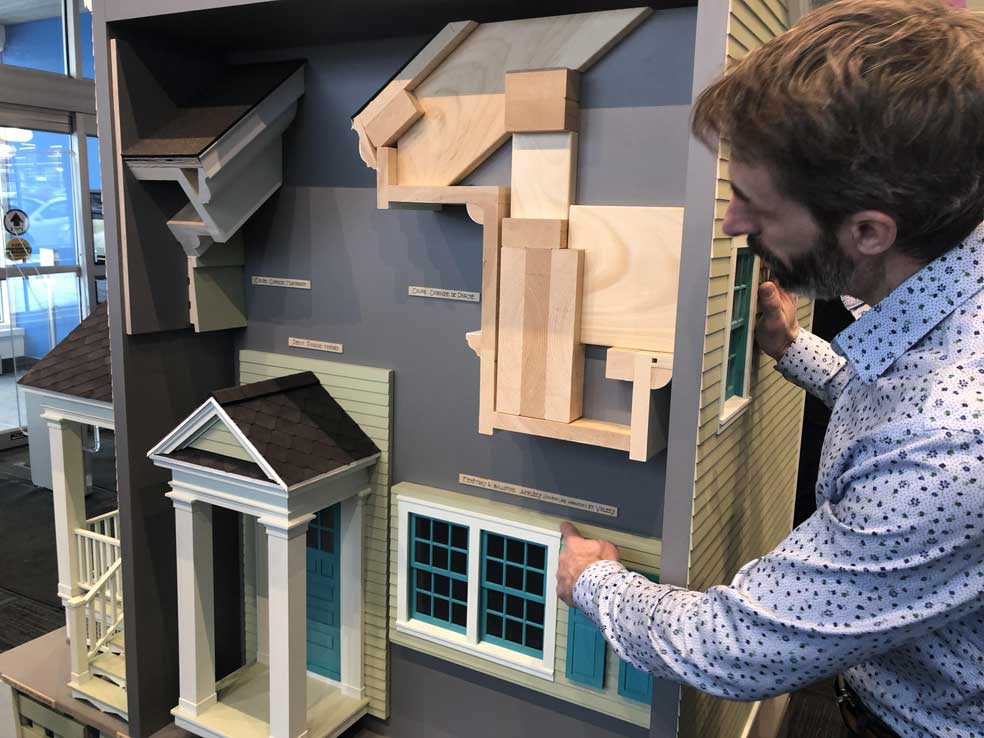The preservation of built heritage
Since its creation, Arvida was destined to become a heritage jewel. In 1926, the Alcan company obtained an amendment to the Cities and Towns Act from the government, to include provisions for the quality of the urban landscape. It meticulously protected the architectural and urbanistic qualities of its industrial town and its social project. This is clearly demonstrated by the “heritage easements”, true urban planning by-laws before their time, as well as by the creation of an Urban Planning Committee in the early 1940s, which was mandated to assist the City with the transfer of management and architectural organizational responsibilities to the Committee.
Nowadays, the City of Saguenay continues to strive for the protection, conservation and presentation of Arvida’s built heritage. Through the Site Planning and Architectural Integration Program (SPAIP), the municipality specifies the guidelines related to heritage that must be respected; one pertains to the Sainte-Thérèse historic district, and another to downtown Arvida. They guide the assessment of requests for architectural intervention (renovation, restoration, expansion, new construction, etc.). In the wake of declaring Arvida a Heritage Site, the Government of Quebec (via the Ministry of Culture and Communications) has produced a conservation plan (not yet published), detailing the history of the site, its heritage values as well as guidelines for the protection, preservation and presentation of these values.
The City of Saguenay, for its part, has put together technical fact sheets to help with heritage compliant renovations. Together with the 3D information module on the built heritage of Arvida's wooden houses (also known as the "matériauthèque"), they are invaluable tools for homeowners. These 20 sheets provide tips, advice and recommendations for several architectural components.



 Official City of Saguenay website
Official City of Saguenay website